
In 1555/6, Calvagh O’Donnell was engaged in bitter warfare with his father Manus O’Donnell over the Lordship of Donegal. It is often said that no dispute is as bitter as an internal family battle and the consequences of this particular personal squabble had long-lasting consequences. Backed by a team of “enforcers”, Calvagh sailed to Scotland to get assistance form Archibald, Fourth Earl of Argyle. It was known that he had a nice selection of modern artillery which could be acquired at a price. Calvagh hit the jackpot and returned not only heavily armed but with a force of bloody-minded Scottish henchmen. One of their prize possessions was a piece of artillery which the Irish called the gunna cam (gunna-gun, cam – crooked). Calvagh turned his cannon on Greencastle, the first on his target list, and so devastating was the assault, which lasted several days, that it was described in State papers as “in ruins”. (Some repairs were carried out subsequently).
Enagh Castle
Calvagh then sailed up the Foyle and turned his attention to Enagh Castle, inland from Culmore Point in Co Derry, on the opposite side of the Foyle from Greencastle. It was an O’Cahan seat and the family were supporters of Calvagh’s father. No trace of the castle remains today (as a result of Docwra’s attack in 1601) but a cannon ball survived and was located by the late Bob Hunter, who taught history for many years at Magee College, Derry. A local farmer, now deceased, John S. Long of Enagh Villa was the person who made the actual discovery: a demi-cannon, made of cast-iron and weighed about 30 lbs and was over 6 inches in diameter. It was probably similar to the kind of shot used at Greencastle, although it may be claimed by the Docwra invasion. The canon ball is no longer traceable and may be in a private collection. No excavation has ever taken place at Greencastle and who knows what lies beneath or in the nearby waters of the Foyle. There have been several finds of cannon at Burt Castle and it is possible, given that some of the Scots were not expert marksmen, that some cannon may still lie buried in the fields around the castle.
Other castles on Calvagh’s shopping list were Lifford, Castlefin and Donegal Castle. No substantial trace of Lifford or Castlefin remain but these were on a smaller scale to Greencastle.
The Gunna Cam
Recent research has cast doubts of the meaning of the word “cam”, the gun that brought havoc to our Donegal architectural heritage. It may come from the Scottish “thrawn”, a word often used to describe the “thrawn mouth” of large artillery in 16th century records. The gunna cam has a distinctive moulding on the chase and muzzle.
The use of artillery on Irish castles alarmed the monarchy, which controlled the distribution of ordnance. It is believed O’Donnell’s guns, which were used in the attack on Greencastle, came originally from France and were described in State papers as “castle-breaking” weaponry. Warfare in Ireland was placed on a new level of terror and damaged or obliterated some of our most famous iconic structures.
On a personal note, it was not all guns and mayhem. Calvagh had other things on his mind and found time to marry the Earl of Argyle’s daughter, after the guns went silent.
Donegal’s Wild Atlantic Coast – Ros Harvey and Sean Beattie
Paintings by Ros Harvey, text by Seán Beattie. Truly a must for anyone with an interest in Donegal, this handsome book makes an elegant gift or keepsake which will always be treasured and admired.

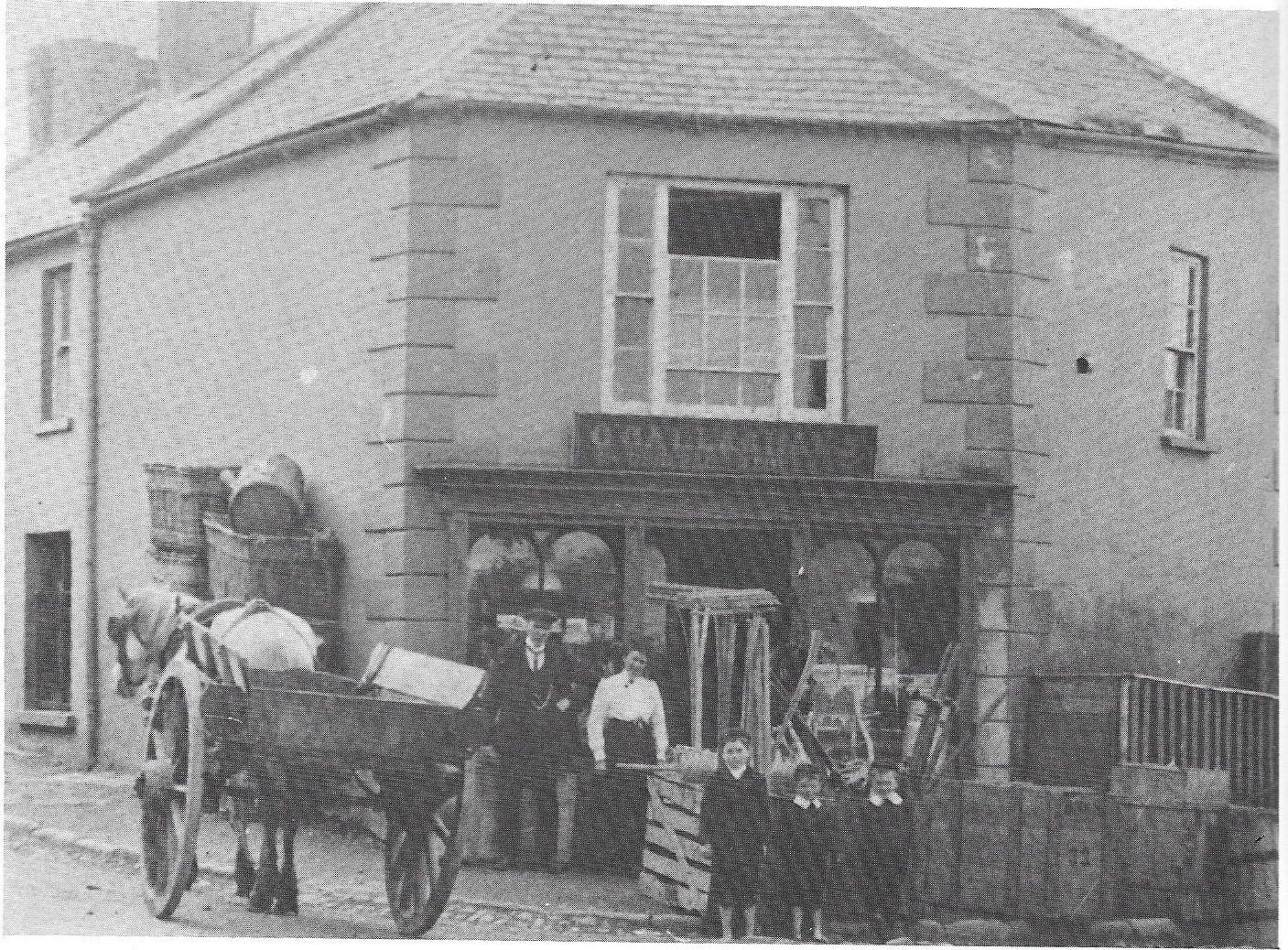

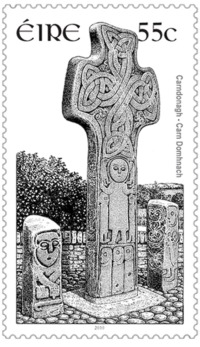

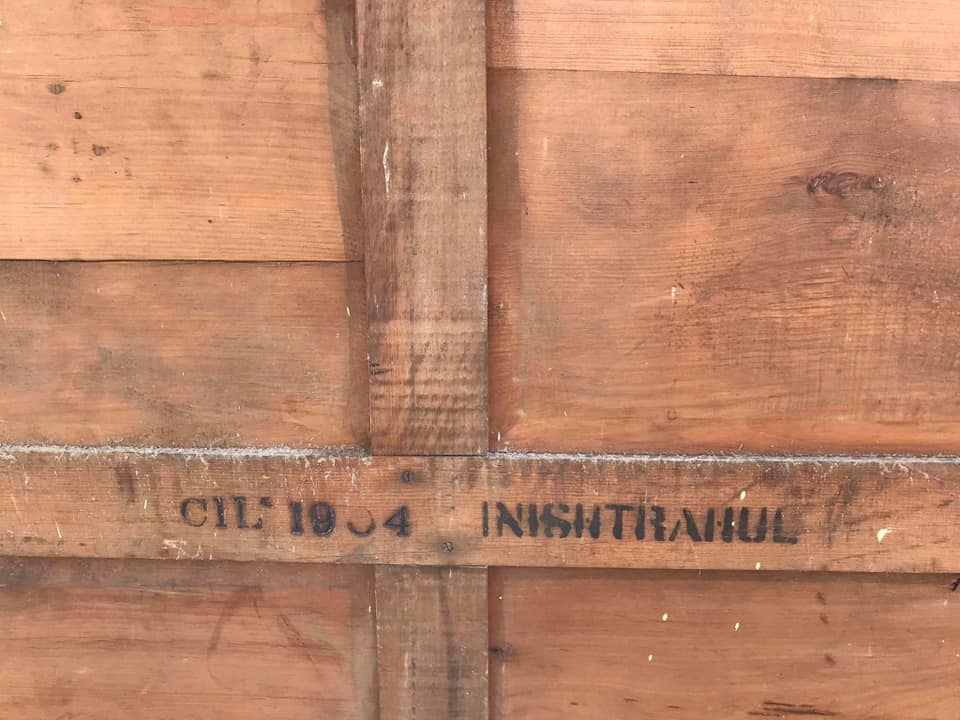
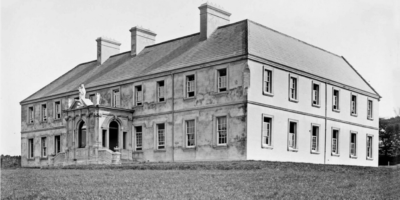
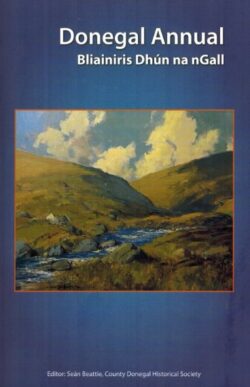
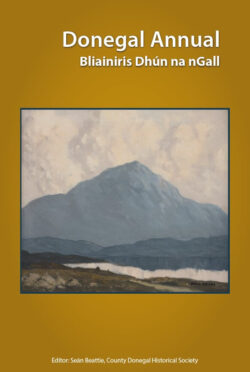
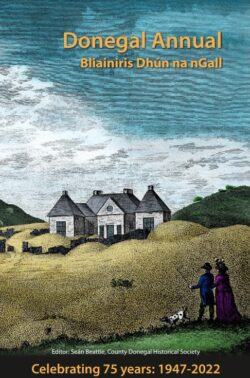
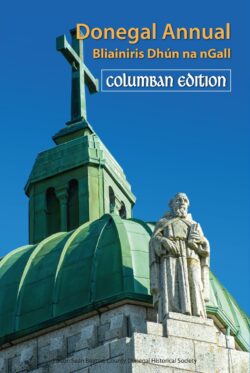
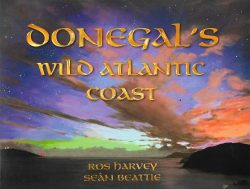
Leave a Reply